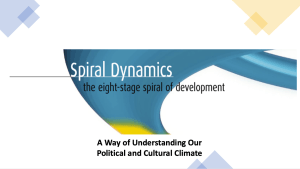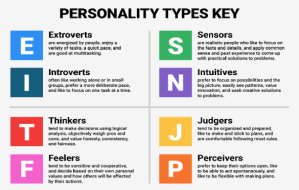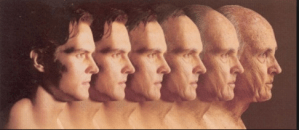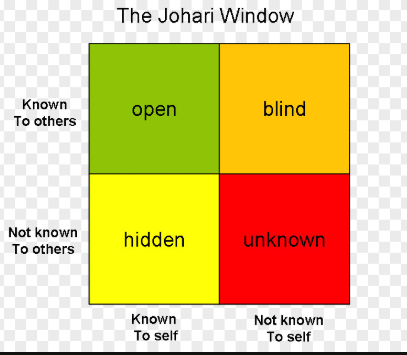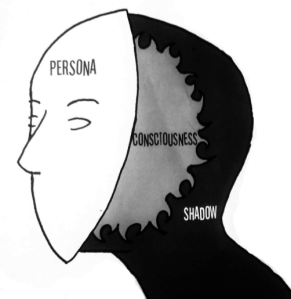This was created from a presentation I made at the Saturday Morning Men’s Cafe. September 11, 2021. Here is the video of the zoom session.
Educate Yourself
- Do your research as soon as you get a diagnosis even though you might be afraid of what you find. Look at multiple credible sources of information.
- Learn the side effects of the medications and supplements.
Mental Attitude
- Find answers to the question: What can I do to live the most robust fulfilling life possible despite my illness?
- Focus on what you can do, not on what you can’t do. Don’t accept the “new normal” too readily. Look out for self-limiting beliefs
Dealing with Medical Professionals
- Be friendly and constructive with everyone you meet: including doctors, nurses, lab workers, other caretakers, and housekeeping.
- Don’t be passive and compliant if there is an issue. Be assertive about what you want. Don’t worry about hurting feelings. If you are denied a request, if it is important, ask them to document their refusal, and/or go to a higher level.
- Explore getting a second opinion.
- Follow your doctor’s orders. If there is a conflict between what doctors are telling you, get it sorted out.
- If you have multiple doctors, make sure that they are communicating with each other and have access to all your medical records.
- Take prescribed medications properly.
Seek Out Community
- Don’t be isolated. Expand your support network. Reach out to friends and social media. Join groups.
- Build community with those who are experiencing the same disease and seek out their stories and opinions.
Identify Advocates
- It is important that you have at least one person who is looking out for you. They don’t need to care for you, but they should be willing to look out for you, be with you on important doctor appointments, and be an advocate while you’re in the hospital.
- Explore giving someone Medical Power of Attorney.
